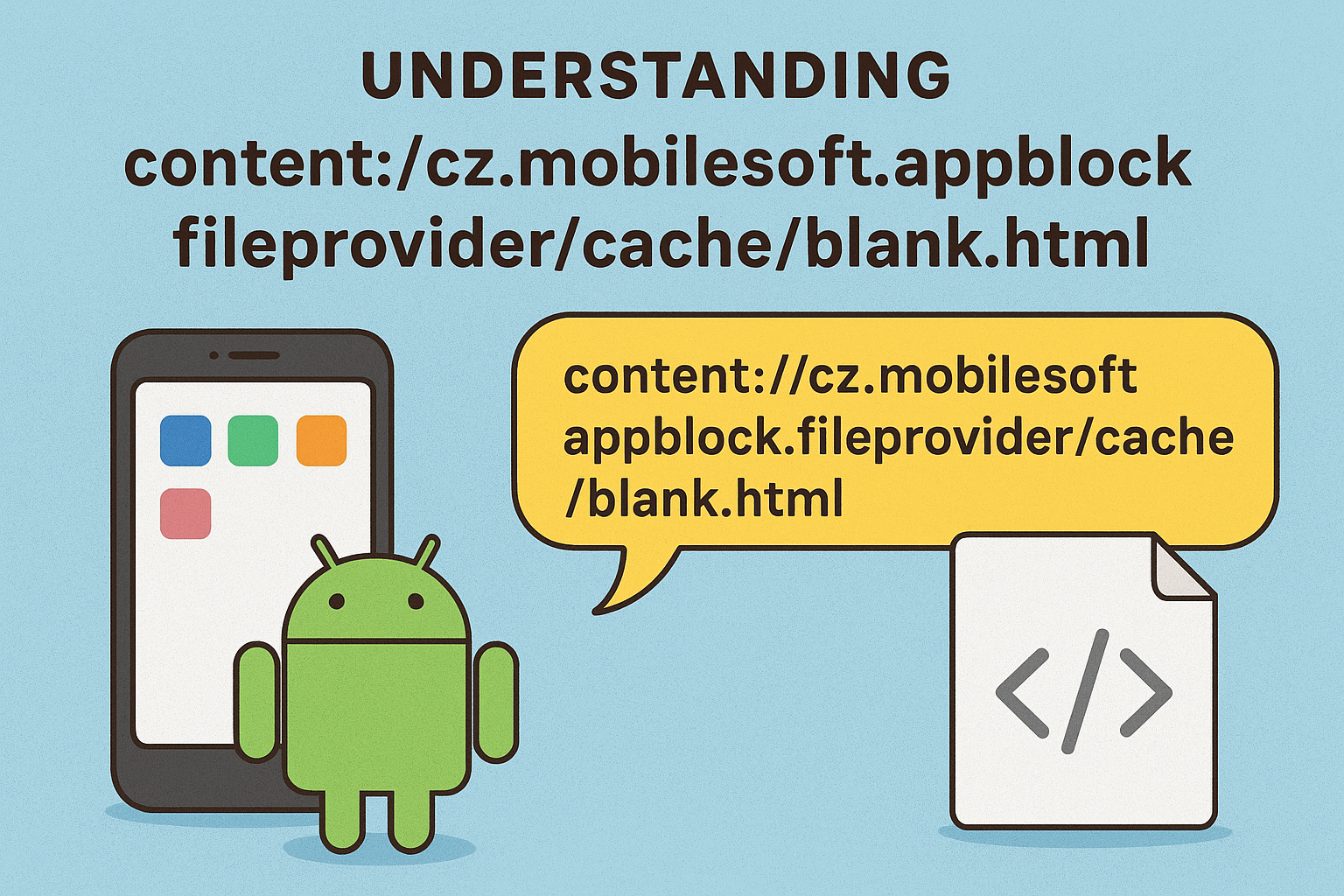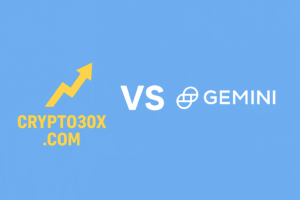content://cz.mobilesoft.appblock.fileprovider/cache/blank.html
Introduction
If you’ve ever seen the term content://cz.mobilesoft.appblock.fileprovider/cache/blank.html on an Android device, you might wonder what it means. Don’t worry it sounds complicated, but it’s actually simple once you know the official facts. This article will explain what it is, how it works, and why it appears on your device in a way that’s easy for anyone, even a 10-year-old, to understand.
What is AppBlock?
AppBlock is an app made by a company called MobileSoft s.r.o. It helps people block apps or websites on their phones for a while. For example, if you want to stop using games or social media for some time, AppBlock can do that. It is a real, safe app that you can download from official stores.
What is a content URI?
Android devices use something called a content URI. It looks like this:
content://something
A content URI is like a special address inside your phone. Apps use it to find files safely without showing the real folder where the file is stored. This keeps your files private and secure.
Breaking Down content://cz.mobilesoft.appblock.fileprovider/cache/blank.html
Let’s look at each part of the URI:
- content:// – This tells the phone that it’s a special secure address for a file.
- cz.mobilesoft.appblock.fileprovider – This is the official name of AppBlock’s FileProvider. It means AppBlock controls this file and decides who can see it.
- /cache/blank.html – This is the file name and location inside AppBlock. It’s a simple HTML file stored in the cache, which is like a temporary folder that apps use to work faster.
Why does this file exist?
AppBlock uses the blank.html file to help the app work properly. Officially, the company hasn’t said exactly what this file does, but based on how apps work, it is likely a small placeholder page. When AppBlock blocks a website or an app, this file may be used to show a temporary screen or to make the blocking process smooth.
Is content://cz.mobilesoft.appblock.fileprovider/cache/blank.html safe?
Yes! This file is completely safe. Here’s why:
- Only AppBlock can access it unless you give the app special permission.
- It does not contain viruses or harmful code.
- It is part of the normal AppBlock app installation and works in the background.
So if you see this file or this address in logs or messages, you don’t need to worry. It’s just AppBlock doing its job.
How Android handles files like this
Android apps often use the FileProvider system to manage files. This system makes sure that:
- Files are safe and private.
- Apps don’t need to know the real file path on your phone.
- Temporary files like blank.html can be used to improve app performance.
This system is used by many apps, not just AppBlock. It is officially recommended by Android for storing temporary or shared files.
Why is it called blank.html?
The name blank.html usually means it’s a very simple HTML file, probably empty or with minimal content. Apps use files like this as placeholders. It doesn’t do anything harmful. It’s just a small page stored in memory so the app can use it quickly when needed.
Common Questions About This File
- Can I delete it?
You can, but AppBlock might create it again because it needs it to run correctly. - Does it slow down my phone?
No, it’s a very small file, and it is stored in a temporary cache folder. It doesn’t affect your phone’s speed. - Can anyone see what’s inside?
No, only AppBlock can access it unless special permissions are given.
Conclusion
content://cz.mobilesoft.appblock.fileprovider/cache/blank.html is a safe and normal part of the AppBlock app made by MobileSoft s.r.o. It is a temporary cached HTML file used internally by the app to work smoothly. The content URI ensures the file is secure, private, and managed only by AppBlock.
If you see this file, there’s nothing to worry about. It doesn’t contain viruses, doesn’t slow down your phone, and is part of how modern Android apps handle temporary files safely.
In short, it’s just AppBlock doing its job to help you stay focused and block apps or websites when you need it.
FAQs: content://cz.mobilesoft.appblock.fileprovider/cache/blank.html
1. What is content://cz.mobilesoft.appblock.fileprovider/cache/blank.html?
This is a file URI used by Android apps like AppBlock. It points to a cached HTML file stored locally on your device. Essentially, it’s a temporary file created by the app to store certain information or content.
2. Why do I see content://cz.mobilesoft.appblock.fileprovider/cache/blank.html instead of a normal web page?
This happens because the app stores its temporary web content in the cache folder. Android uses content:// URIs to give apps secure access to these files, instead of using the standard file:// path.
3. Can I open content://cz.mobilesoft.appblock.fileprovider/cache/blank.html in my browser?
Not directly. Browsers usually don’t recognize content:// URIs. You would need the app itself to display the content, or an Android file manager that can interpret these URIs.
4. Is content://cz.mobilesoft.appblock.fileprovider/cache/blank.html safe?
Yes, it’s generally safe. It’s just a temporary file created by the app for caching purposes. It doesn’t pose a risk unless the app itself is malicious.
5. Can I delete content://cz.mobilesoft.appblock.fileprovider/cache/blank.html?
Yes, clearing the app’s cache will remove it. Deleting cache files usually doesn’t affect the app’s core functionality; it just frees up storage.
6. Why does AppBlock create blank.html files in the cache?
Apps like AppBlock use blank HTML files as placeholders or to store temporary content for web views. This helps the app run faster and manage offline content.
7. How can I stop seeing content://cz.mobilesoft.appblock.fileprovider/cache/blank.html?
You can clear the cache of the AppBlock app or reinstall the app if the issue persists. This will remove temporary files and reset cached content.














Post Comment